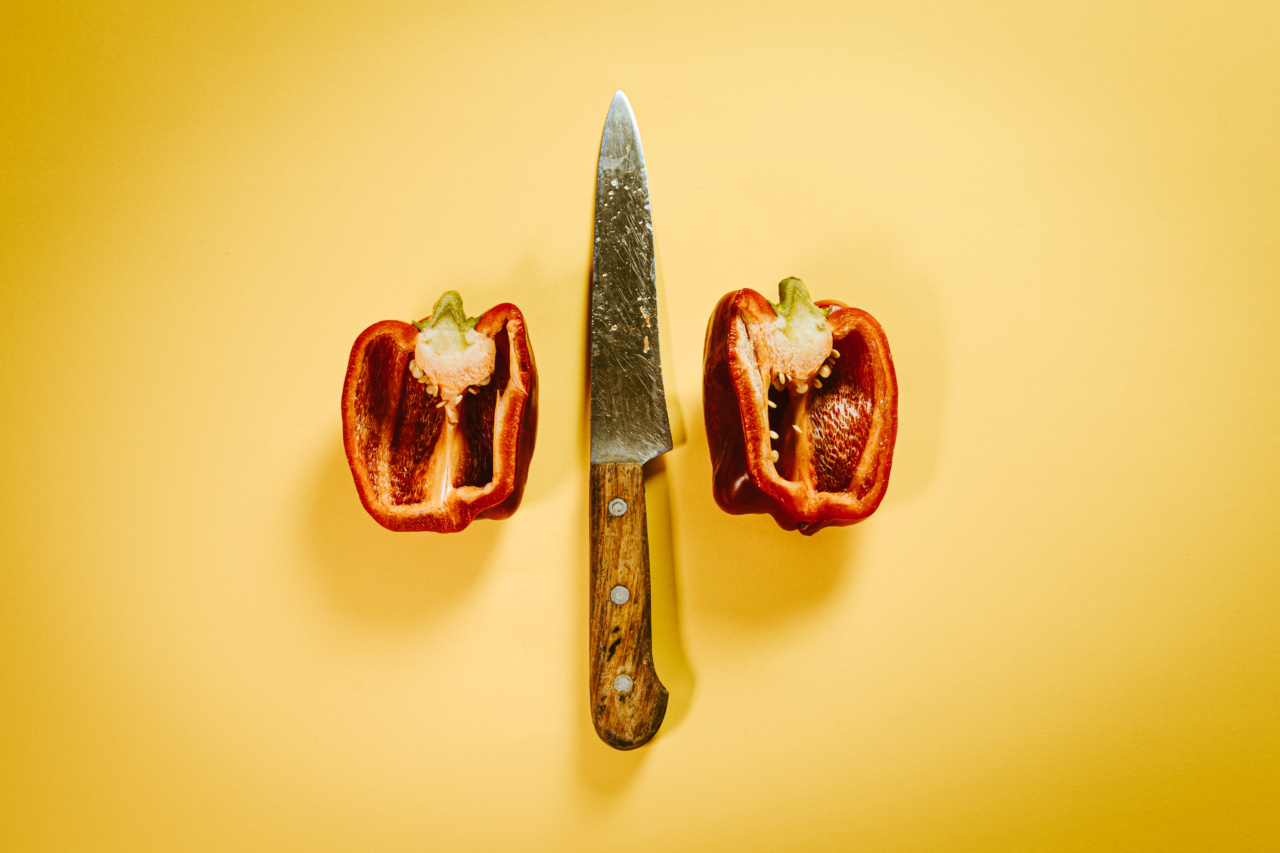Choosing the right cat food is essential for the health and well-being of your feline companion. One of the biggest debates in the world of pet nutrition is whether to feed your cat cooked or raw food.
Each option has its own set of benefits and potential drawbacks, leaving pet owners in a quandary. In this article, we will delve into the advantages and disadvantages of both cooked and raw cat food to help you make an informed decision for your furry friend.
The Benefits of Cooked Cat Food
Cooking cat food involves the process of heating, which eliminates harmful bacteria and pathogens that may be present in raw meat. Here are a few key benefits of feeding your cat cooked food:.
1. Enhanced Digestibility
Cooking food breaks down the tough connective tissues and cellulose fibers found in meat, making it easier for your cat to digest. This can be particularly beneficial for cats with sensitive stomachs or digestive issues.
2. Eliminates Risk of Foodborne Illnesses
Cooking food kills harmful bacteria and parasites, significantly reducing the risk of your cat contracting foodborne illnesses such as Salmonella or E. coli. This is especially important if your cat has a weakened immune system.
3. Longer Shelf Life
Cooked cat food typically has a longer shelf life compared to raw food. This is because the cooking process kills bacteria and enzymes that cause food spoilage, allowing you to store it for longer periods without worrying about it going bad.
4. Convenience and Availability
Cooked cat food is readily available in most pet stores and supermarkets. It comes in various flavors and textures, making it easy to find options that suit your cat’s specific taste preferences and dietary needs.
The Drawbacks of Cooked Cat Food
While cooked cat food offers several advantages, it also has its downsides. Here are a few potential drawbacks:.
1. Nutrient Loss
Cooking can lead to the loss of certain heat-sensitive nutrients, including vitamins and enzymes.
Although many commercially cooked cat foods are formulated to meet a cat’s nutritional requirements, some nutrients may still be partially diminished during the cooking process.
2. Processing and Additives
Commercially cooked cat food often undergoes extensive processing, which may include the use of additives, preservatives, and synthetic nutrients.
While these additives are carefully regulated, and many cat foods undergo rigorous testing, some pet owners prefer to minimize the use of artificial ingredients in their cat’s diet.
3. Potential for Overcooking
Overcooking cat food can lead to a loss of essential nutrients, just like undercooking can pose a risk of bacterial contamination.
Achieving the right balance during the cooking process requires careful attention to ensure your cat receives optimal nutrition.
The Advantages of Raw Cat Food
Raw cat food, also known as a “biologically appropriate raw food” or “BARF” diet, is based on the principle that cats are carnivores and thrive on a diet similar to their wild ancestors.
Here are a few benefits of feeding your cat a raw food diet:.
1. Preserves Nutritional Integrity
Raw food retains its natural nutrients, including enzymes and vitamins, which can be beneficial for your cat’s overall health.
Advocates of raw diets believe that these nutrients aid digestion, boost the immune system, and promote healthier skin and coat.
2. Improved Dental Health
Raw food diets, specifically those that include raw meaty bones, can help maintain your cat’s dental health. Gnawing on bones provides a natural teeth-cleaning mechanism, reducing the risk of plaque buildup and gum disease.
3. Potential Allergy Relief
Some cats may have allergies or sensitivities to certain ingredients commonly found in cooked cat food, such as grains or artificial additives.
Feeding a raw diet allows you to eliminate these potential allergens, potentially providing relief to cats with food-related allergies.
The Drawbacks of Raw Cat Food
While a raw food diet has its enthusiasts, it also presents some potential drawbacks:.
1. Bacterial Contamination
Raw meat poses a higher risk of bacterial contamination, which can lead to foodborne illnesses. Cats, unlike humans, have different digestive systems that are more resistant to bacteria.
However, the risk still exists, especially if the raw food is not handled or stored properly.
2. Nutritional Imbalance
Creating a nutritionally balanced raw diet requires careful planning and knowledge about a cat’s specific nutritional requirements.
It can be challenging to ensure that all essential nutrients, vitamins, and minerals are provided in the correct proportions, potentially leading to nutritional imbalances.
3. Availability and Preparation
Feeding a raw diet requires sourcing high-quality, human-grade ingredients, which may not be readily available in all locations. Additionally, preparing raw cat food can be time-consuming and may not be suitable for pet owners with busy lifestyles.
Conclusion: The Right Choice for Your Cat
Deciding between cooked and raw cat food ultimately depends on your cat’s individual needs, your lifestyle, and your comfort level with managing potential risks.
Both options have their benefits and drawbacks, so it’s crucial to weigh them carefully.
If you choose to feed your cat cooked food, opt for high-quality commercially cooked cat food that meets the required nutritional standards.
For pet owners who prefer a raw food diet, consult with a veterinarian or a veterinary nutritionist to ensure the diet is nutritionally balanced and safe for your feline companion.
Remember, the health and well-being of your cat should be your top priority. Regular veterinary check-ups, along with a balanced and appropriate diet, will help ensure your furry friend lives a long and healthy life.





























